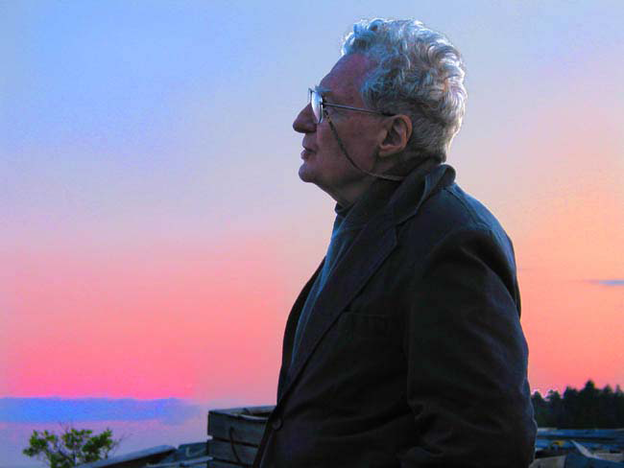Toward a poetry and poetics of the Americas (28)
From Jackson Mac Low's 'Presidents of the United States of America'

[In the final stages of composing a new assemblage of North and South American Poetry (“from origins to present”), I became aware again of the current and continuing relevance of Mac Low’s poem and the accompanying commentary prepared earlier by myself and Javier Taboada. (j.r.)]
1789 (begun about 15 January 1963)
George Washington never owned a camel
but he looked thru the eyes in his head
with a camel’s calm and wary look
Hooks that wd irritate an ox
held his teeth together
and he cd build a fence with his own hands
tho he preferred to go fishing
as anyone else wd
while others did the work for him
for tho he had no camels he had slaves enough
and probably made them toe the mark by keeping an eye on them
for he wd never have stood for anything fishy
1797
John Adams knew the hand
can be quicker than the eye
& knew that not only fencers & fishermen live by this knowledge
If he kept an ox
he kept it out of doors in summertime
so the ox cd find his water for himself
& make it where he stood
& find the tasty grass
his teeth cd chew as cud.
1801
Marked by no fence
farther than an eye cd see
beyond the big waters
Thomas Jefferson saw grass enough for myriads of oxen
to grind between their teeth
His farmer hands itched
When he thought of all that vacant land and looked about for a way to hook it in for us
until something unhooked a window in his head
where the greedy needy teeth & eyes of Napoleon shone
eager for the money which
was Jefferson’s bait to catch the Louisiana fish.
COMMENTARY
SOURCE. Representative Works, Jackson Mac Low (Roof Books, 1986)
(1) An ongoing involvement with historical matters but expressed most often through lettristic and aleatory (chance) procedures. Always transparent about his methods, Mac Low provides the following note: “The Presidents of the United States of America was composed in January and May 1963. Each section is headed by the first inaugural year of a President (from Washington through Fillmore), and its structure of images is that of the Phoenician meanings of the successive letters of the President’s name. […] They are:
A (aleph) ‘ox’ N (nun) ‘fish’
B (beth) ‘house’) O (ayin) ‘eye’
etc.
(2) Writes critic Charles O. Hartman of the resultant mix of chance composition methods with politically and historically themed poetry — one of Mac Low’s principal achievements: “This procedure puts us into a suspicious relation with the poem’s language (I glimpse a system of meaning lurking behind what I’m reading); just so, the ‘President’ poems concern themselves with the relation between the schoolbook vision of these men and the reality of their slave-holding, politicking, and war-mongering.”
While the series ends mid-nineteenth century, the sense of distress and outrage could well carry into the present.
Poems and poetics